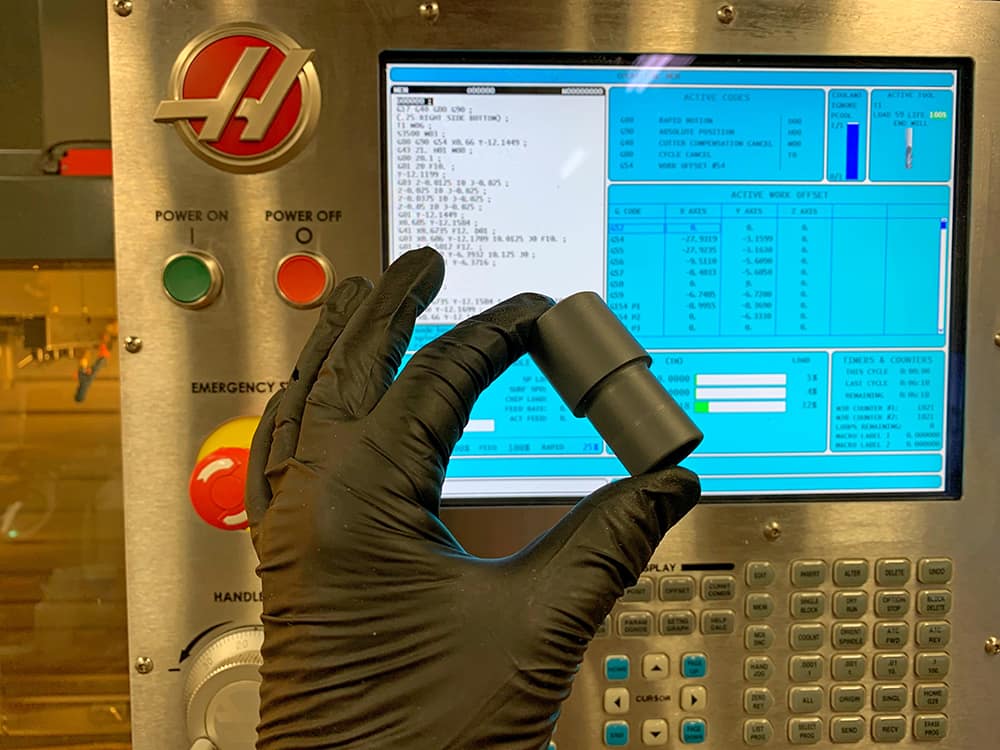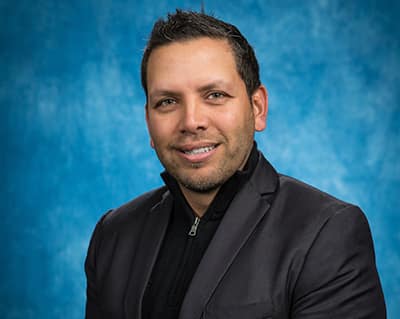Embry-Riddle Engineers Design Solution for Possible Ventilator Shortage

With many hospitals struggling to accommodate an influx of patients due to the Covid-19 global pandemic, Embry-Riddle Aeronautical University engineers have come up with a simple, high-quality and affordable solution to a potential ventilator shortage.
Dr. Eduardo Divo, professor of Mechanical Engineering, started work in March to design a part that can convert a single-patient ventilator to one that can be used by multiple patients.
“Hospital-rated ventilators are powerful enough to be used for multiple patients simultaneously,” Divo said. “So we took on the immediate task of producing flow splitters with fittings and regulators that can accommodate multiple patients.”
Such parts, Y-shaped devices that can split the airflow from a ventilator to more than one patient, were originally fabricated using 3D printing. To improve the quality, Divo recruited Arka Das, a Ph.D. student in Mechanical Engineering, and Gary Alvey, the Mechanical Engineering Machine Shop supervisor.

Professor of Mechanical Engineering Dr. Eduardo Divo has used the Covid-19 pandemic as a learning opportunity for his students, pushing them to explore practical solutions to real-world problems. (Photo: Eduardo Divo)
Divo then shared the project design with students in his Biofluid Mechanics class, who have been studying the pulmonary system’s gas exchange process and the corresponding mechanics of ventilators.
“Ventilators are based on a relatively simple technology, but with a lot of room for improvement,” said Divo. “I will be surprised if some of our students aren’t already thinking of how to make it work better.”
For Divo’s students, they remain eager to engage with course content that has a real-world impact.
“I think it is easier and more interesting to learn about a subject when you’re able to relate it to daily life,” said Tayluer Streat, a senior with a concentration in Biomedical Systems.
The flow splitters that the Embry-Riddle team designed, partially based on some dimensions from ventsplitter.org, can be produced in less than ten minutes per unit at a cost of $5 each. Divo and his colleagues created the parts using two different methods. Some were “milled” from two PVC blocks, and others were made by “turning” a solid PVC rod and adding fittings.
The parts are intended for emergency-use only, Divo said. Although they could be mass-produced using a casting process, the production method devised by the Embry-Riddle team is probably more appropriate.
At the same time that the flow splitter design has been in the works, Divo is also leading a project to produce a portable, non-invasive ventilator for us on emergency patients in ambulances. That project has been on hold due to supply chain limitations, but Divo and Das have created designs that obviate the need for the part and are testing the new designs in their laboratory.
Divo said he sees both projects as examples of the many innovations that have come about because of the Covid-19 crisis.
“I see more and more players every day bringing their expertise to the table and making their own contributions,” Divo said. “At the end of this, we’ll probably look back at these efforts as success stories.”

 Michaela Jarvis
Michaela Jarvis